Reviving India’s Ancient Folk Art Forms On This Republic Day
7 India’s ancient folk art forms that must be preserved and taken care of.
On Republic Day every year, the PM’s address focuses on the revival of the ancient art forms of India which are gradually getting lost in the digital age. Veteran actor Arundhati Nag once told Silver Talkies that today’s parents and grandparents must make sure that the children get to know about India’s ancient art forms as these create lasting impressions in one’s life and will help them grow well.
“We are making a huge mistake by just going the Disney way when we have our own Pattachitra or Phad painting which will just disappear if we do not collect them. If people don’t buy a Phad painting or a Pichwai, they will become extinct. Each of these arts is infused with meaning and our next generation must be able to understand the meaning,” Nag highlighted. There’s a treasure trove in Indian art if you were only to look. Here’s a 72nd Republic Day special on some of India’s unique folk art forms.
Madhubani: Also known as Mithila art, Madhubani dates back 2500 years ago to the time of Ramayana and emerged from the Mithila region of Bihar. It portrays the grand wedding of Princess Sita, daughter of King Janaka to Prince Rama, the son of Dasrath, the king of Ayodhya. It is assumed that King Janak had entrusted an artist to capture the moments of his precious daughter’s wedding and that’s how Madhubani took its form. Through generations, Madhubani has been used mostly by women to create awareness on social issues like education and empowerment. It is painted using fingers, twigs, brushes, nib-pens and matchsticks and natural dyes and pigments.
Indian Miniature Paintings: The tradition of Indian miniature painting can be traced to the 9th-10th century though it truly came into its own in the Mughal period in the 16th century. Inspired by the Persian art styles, Indian miniature paintings boast of the intricate handmade details and unique illustrations of humans within a small frame. Men in turbans, women in traditional clothes with large eyes, a pointed nose and a slim waist are the signature style of miniature paintings from the Mughal era.
Phad: Originated in Rajasthan and painted on a canvas or cloth either 15 feet or 30 feet in length, Phad paintings are mainly scroll painting and depict the narratives of folk deities Pabuji or Devnarayan. These are traditionally painted using vegetable colours capturing the heroic tales of deities.
Warli: Another ancient Indian art form, Warli dates back to 2,500 BC and emerged from the Western Ghats. It’s a tribal art form using geometrical shapes – circles, triangles and squares to depict day-to-day life activities like fishing, hunting, festivals and dance. White shapes on dark backgrounds are the signature of this traditional art form.
Kalamkari: There are two varieties of this ancient Indian art form based on the places of their origin in Andhra Pradesh – Machilipatnam style based out of Machilipatnam and Srikalahasti based out of Chittoor. Its name is Persian derived from two words – Kalam meaning pen and Kari meaning craftsmanship indicating that the painting is done using a pen. It is widely seen on sarees depicting flowers, nature as well as the Indian Epics – the Mahabharata and the Ramayana.
Tanjore: A native of the Tanjore town in Tamil Nadu, this painting belongs to the period of Cholas – one of the longest-ruling dynasties in South Indian history. Gold foil and metallic colours are used extensively in this art form. A piece of wood is also used as a canvas to give a 3D effect.
Batik: In India, the roots of Batik run back to the 1st century AD, traditionally among the Khatri community in Gujarat. Its resurgence began after it was introduced as a part of the syllabus in Rabindranath Tagore’s Viswa-Bharati in Birbhum, West Bengal. This ancient art form includes three steps – waxing, dyeing and scraping where the wax is used to create designs on pre-defined areas on cotton and silk fabric. It is then dyed and then the wax is removed either by scraping or boiling the cloth to peel off the wax, resulting in a rich, colourful design.
Image Courtesy: Pinterest
Comments

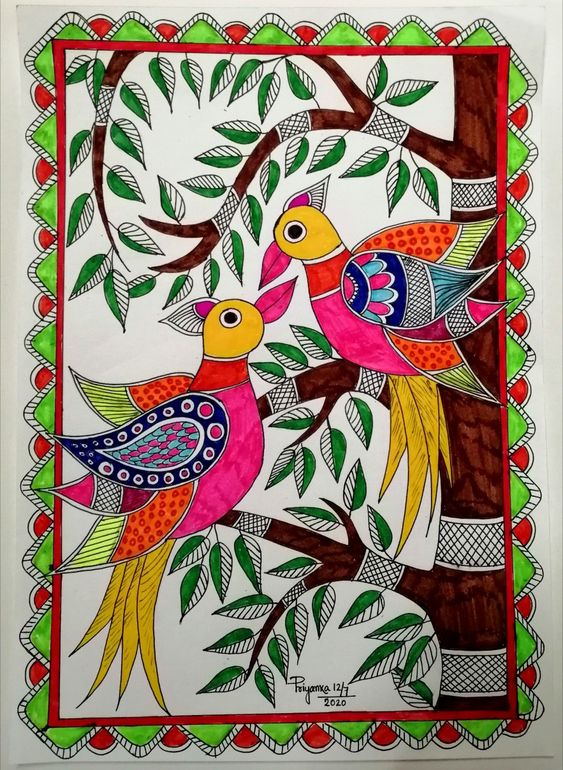
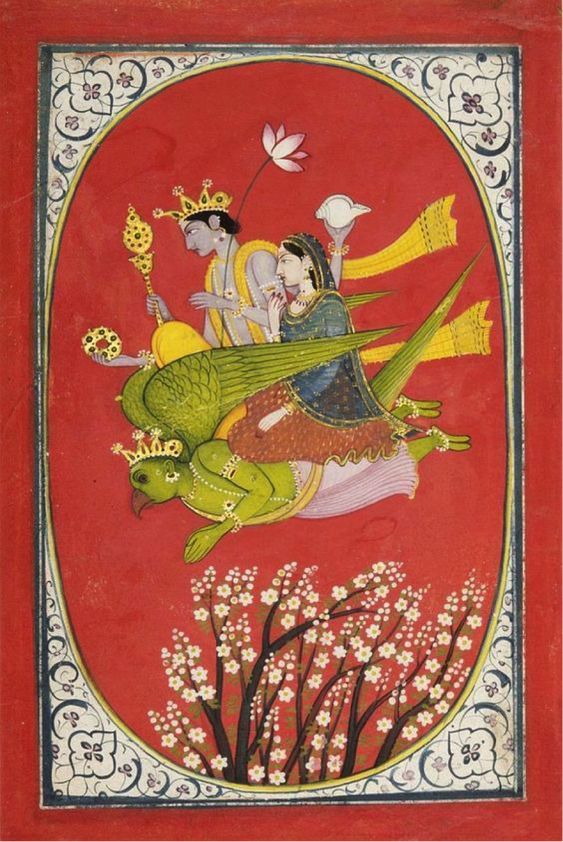
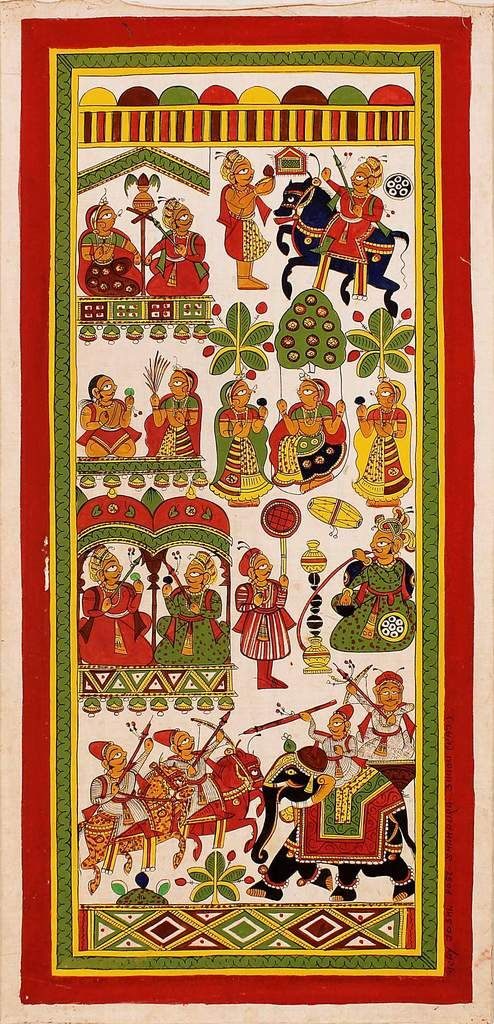
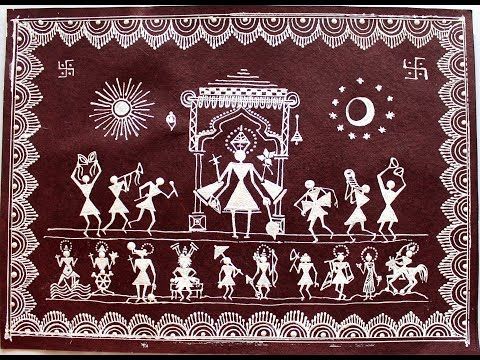
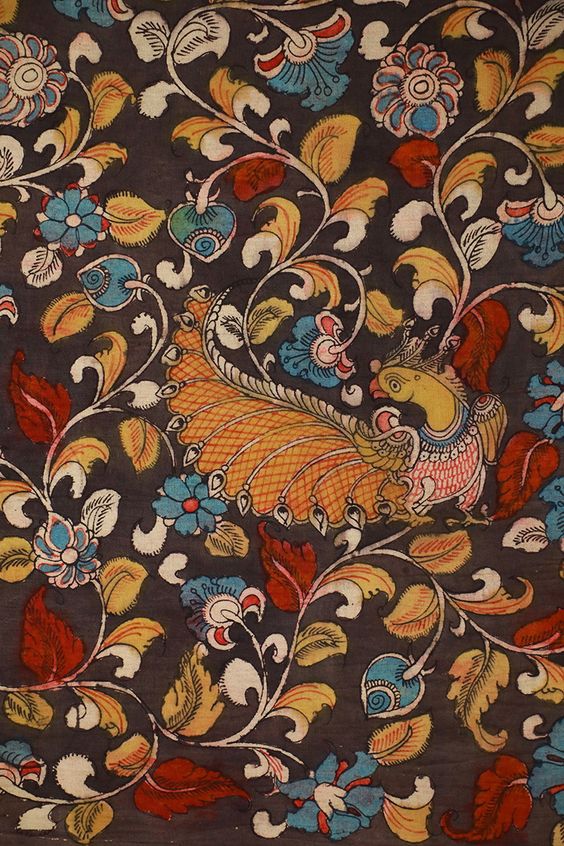
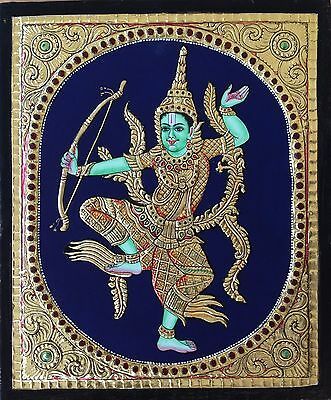
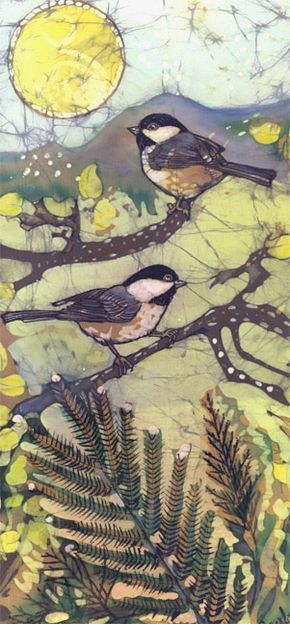

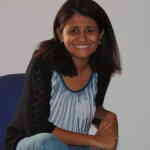

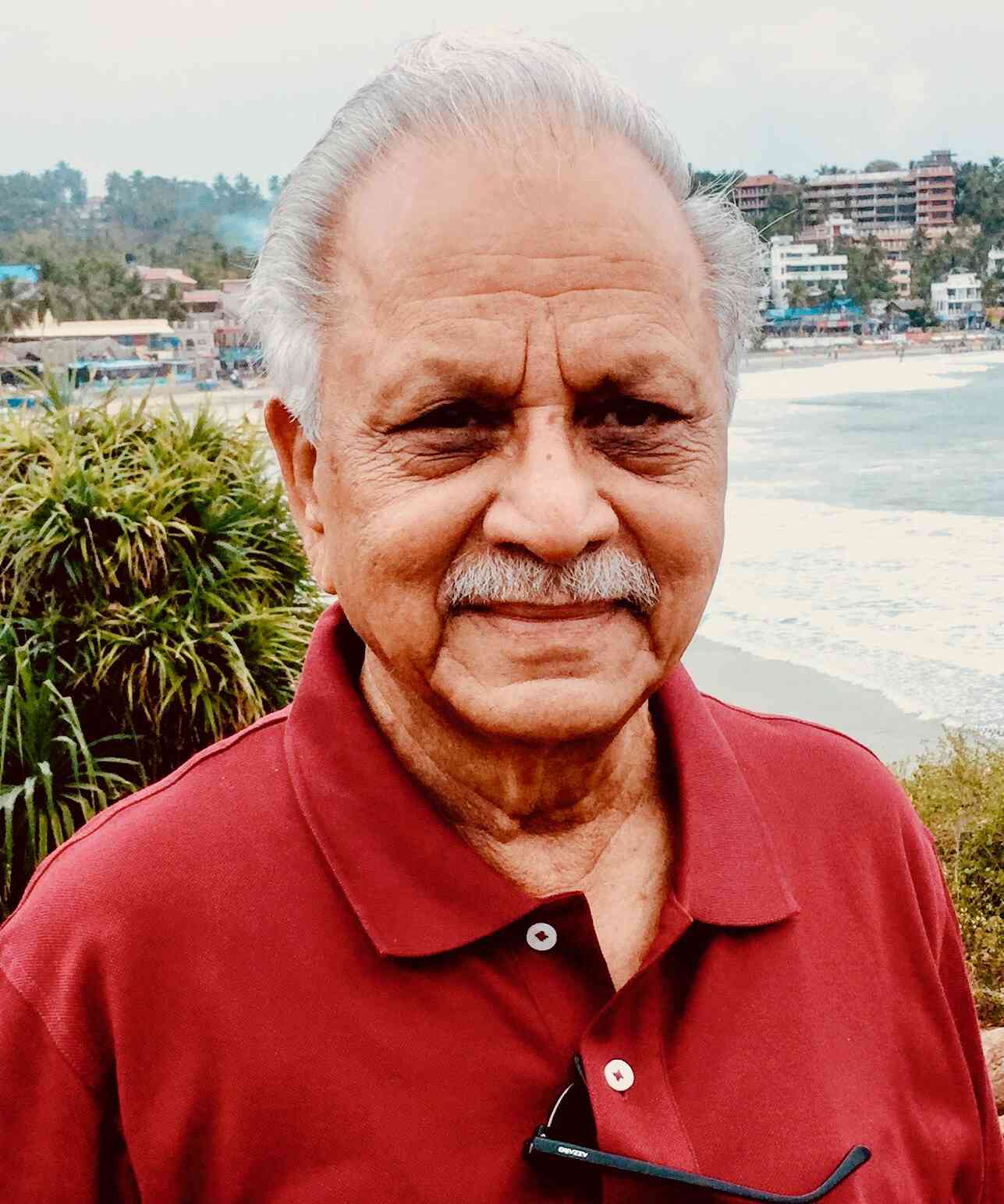

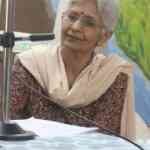
Post a comment